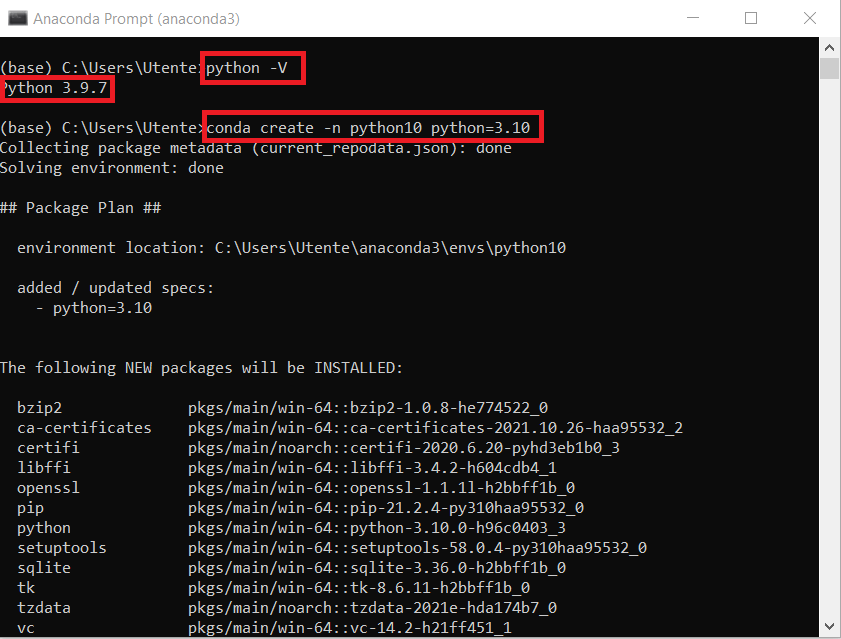

Your system Python is precious. Don't fuck with it. That's the first rule of Python development that everyone learns the hard way after spending 4 hours trying to fix their broken system after a botched pip install --user.
Pyenv lets you run Python 2.7 for that legacy nightmare project while keeping Python 3.12 for everything else, without breaking your system install. It's basically version management that doesn't hate you.
The Python Version Hell Problem
Here's what happens without pyenv: You're working on three projects. One needs Python 3.9 because of some specific ML library compatibility. Another uses Python 3.11 for async features. The third is a legacy beast requiring Python 3.8 because the previous team made questionable life choices.
Without pyenv, you end up with:
- Virtual environments everywhere that you forget about
- System Python disasters when you accidentally global-install packages
- "It works on my machine" syndrome when teammates have different versions
- Hours wasted debugging import errors that are actually version mismatches
How Pyenv Actually Works
Pyenv intercepts your Python commands with these things called shims in your PATH. Basically fake Python executables that figure out which real Python to use. It's clever but also kinda hacky. (Don't ask me why they called them shims. Nobody knows.)
When you run python, pyenv checks this hierarchy:
.python-versionfile in current directory (project-specific) - this is what you want 90% of the timePYENV_VERSIONenvironment variable (shell session) - for quick testing~/.pyenv/versionglobal setting (user default) - your fallback- System Python (fallback when pyenv gives up) - hopefully never
The latest version supports everything from ancient Python 2.7 (why are you still using this?) to Python 3.14 beta releases that will definitely break your code.
Real Benefits (Not Marketing Bullshit)
Project Isolation Without Pain: Each project gets its Python version in a `.python-version` file. No more "which environment am I in?" confusion.
Testing Across Versions: Install multiple Python versions simultaneously. Switch between them to catch version-specific bugs before they bite you in production.
System Safety: All versions install to `~/.pyenv/versions/`, keeping your system Python untouched. Your OS won't break when you experiment with Python 3.14 beta releases.
Team Consistency: Everyone runs the same Python version when they cd into your project directory. No more debugging mysterious failures caused by version mismatches.
If you install pyenv-virtualenv, you get both version isolation AND package isolation. It's like virtual environments but without the mental overhead.
Now that you understand why pyenv exists and what it solves, let's get this thing installed before it drives you crazy.



